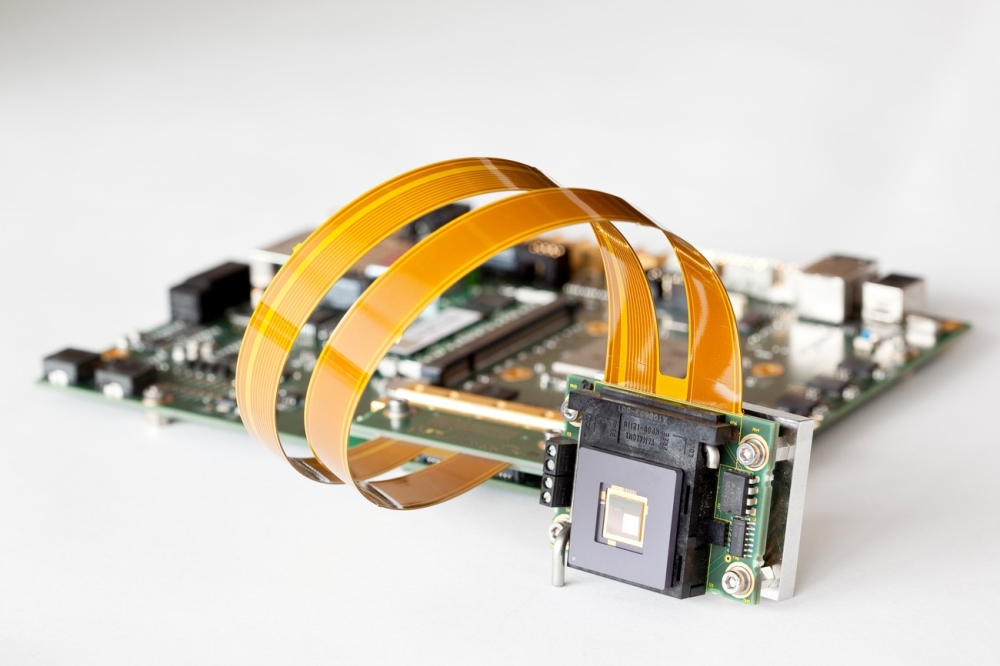Fraunhofer IPMS exhibits new micro-mirror arrays

The institute says its spatial light modulators offer high modulation frequencies and high image quality, facilitating applications in industry as well as in automotive, astronomy, and medical sectors
Controlling and modifying photons, tiny particles of light, is useful for a wide range of technological applications in medicine, industry and entertainment. The Fraunhofer Institute for Photonic Microsystems IPMS has revealed it is developing spatial light modulators consisting of several million mirrors on a semiconductor chip. The tiny mirrors of a “micro-mirror array” (MMA) can each be tilted in one or two dimensions or lowered individually. The institute says it is regarded as a world leader in the development of these costumer-specific systems.
An application-specific integrated circuit (ASIC) controls the movement of the individual micromirrors. In order to facilitate the technology transfer of the systems into the application, the institute offers its customers evaluation kits with 64k (256x256) mirrors, which contain either tilting or piston mirror arrays. In addition to the micromirror chip itself, the set also includes the complete control electronics developed by Fraunhofer IPMS, as well as software and support. It is designed to modulate light in a broad spectral application range, from UV to the visible range and into the near infrared.
According to Fraunhofer IPMS, its newly developed, high-performance 2-axis tilting mirrors break up the incident light into a large number of beamlets and enable a 2-dimensional control of their directions. The institute says they achieve very high modulation frequencies up to the kilohertz range, and, instead of masking, the light is completely redistributed, minimising any loss of light. Tilting mirrors are therefore suitable for applications where high light intensity is required, for example for material processing such as laser ablation, engraving or laser cutting.
Fraunhofer IPMS's piston mirror arrays, which consist of 4000 x 2048 individual mirrors (each 4x6µm²), form the core component of 3D displays. The institute says these enable genuine holography with realistic images, with an initial application scenario for such 3D modulations being head-up displays in the automotive sector. According to Fraunhofer IPMS, the special piston mirror arrays make it possible to not only project the holograms to a fixed position at the edge of the field of vision, but also to modulate the 3D images or shapes in real time and in motion. In this way, the driver’s focus can be actively directed to the current events in traffic and the projection merges with the environment in a more realistic way.
“For other areas of application our piston mirror arrays are also able to correct wavefront interference in wide spectral ranges, thereby improving image quality,” says Dr Michael Wagner, head of the Spatial Light Modulators business unit at Fraunhofer IPMS. The capabilities of the components are therefore of particular interest in the fields of astronomy and microscopy as well as in spatial and temporal laser beam shaping and pulse shaping.
Fraunhofer is showcasing its technology at the Photonix exhibition in Tokyo from 29-31 October 2024.
Image credit: Fraunhofer IPMS



































